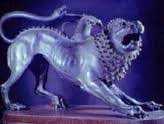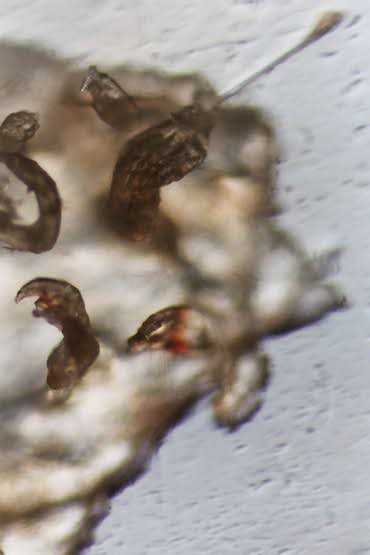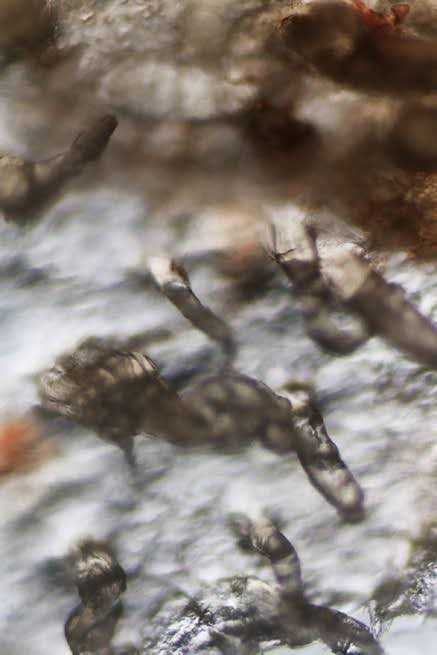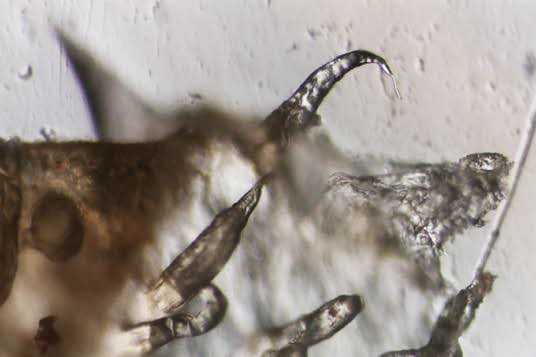- National Geographic Explains It All
- Animal-Human Hybrids Spark Controversy
-

- An ancient Etruscan statue of a chimera found in north-central
Italy. The mythic beast had a lion's body, serpent's tail, and goat's head.
-
- Photograph by James P. Blair, copyright National Geographic
Society
- Animal-Human Hybrids Spark Controversy
- Maryann Mott
- National Geographic News
- January 25, 2005
-
- Scientists have begun blurring the line between human
and animal by producing chimeras-a hybrid creature that's part human, part
animal.
-
- Chinese scientists at the Shanghai Second Medical University
in 2003 successfully fused human cells with rabbit eggs. The embryos were
reportedly the first human-animal chimeras successfully created. They were
allowed to develop for several days in a laboratory dish before the scientists
destroyed the embryos to harvest their stem cells.
-
- In Minnesota last year researchers at the Mayo Clinic
created pigs with human blood flowing through their bodies.
-
- And at Stanford University in California an experiment
might be done later this year to create mice with human brains.
-
- Scientists feel that, the more humanlike the animal,
the better research model it makes for testing drugs or possibly growing
"spare parts," such as livers, to transplant into humans.
-
- Watching how human cells mature and interact in a living
creature may also lead to the discoveries of new medical treatments.
-
- But creating human-animal chimeras-named after a monster
in Greek mythology that had a lion's head, goat's body, and serpent's tail-has
raised troubling questions: What new subhuman combination should be produced
and for what purpose? At what point would it be considered human? And what
rights, if any, should it have?
-
- There are currently no U.S. federal laws that address
<snip>
-
- http://news.nationalgeographic.com/news/2005/01/0125_050125_chimeras.html
|


